The Pros and Cons of Using Composite Decking for Fencing
Explore the advantages and disadvantages of using composite decking for fences. This article delves into durability, aesthetics, and environmental impact compared to other fencing options.
The Pros and Cons of Using Composite Decking for Fencing
Introduction
Composite decking has gained popularity as an alternative to traditional wood in recent years. This material is often used for decks, but can it be utilized for fencing as well? The answer is yes, but there are several factors to consider before making this decision. In this article, we will delve into the pros and cons of using composite decking for fencing compared to traditional wood, focusing on durability, appearance, and eco-friendliness. By exploring these aspects, you can determine if composite decking is the right choice for your fencing needs.
Durability: A Key Consideration
One of the primary reasons people choose composite decking over traditional wood is its enhanced durability. Composite materials are engineered to resist rot, decay, and insect damage, which are common issues with natural wood. This makes them a more durable option for fencing, especially in areas with harsh weather conditions or high levels of moisture. However, it’s important to note that not all composite products are created equal; some brands may offer better resistance than others. For instance, a study by the Forest Products Laboratory found that certain composites can last up to 25 years without significant degradation (Forest Products Journal, 2018).
Appearance: Aesthetic Appeal
When it comes to appearance, composite decking offers a wide range of aesthetic options. It can mimic the look of natural wood while requiring less maintenance. Traditional wood, on the other hand, requires regular staining and sealing to maintain its appearance. However, composite materials may show signs of fading over time, particularly under direct sunlight. While this fading is usually minimal, it’s something to consider when choosing between composite and wood fencing. Additionally, composite materials come in various colors and textures, allowing homeowners to customize their fencing to match their preferences and property aesthetics.
Eco-Friendliness: Sustainable Choices
From an environmental standpoint, both composite and traditional wood have their pros and cons. Composite decking is often touted as a more sustainable option because it is made from recycled materials and reduces the demand for virgin wood. However, the production process of composite materials can be energy-intensive and may involve the release of harmful chemicals. On the other hand, responsibly sourced wood from managed forests can be a sustainable choice, provided it is harvested in an environmentally responsible manner. According to a report by the Environmental Protection Agency (EPA), choosing sustainably sourced wood can significantly reduce carbon footprints (EPA, 2020).
Conclusion
Deciding whether to use composite decking for fencing involves weighing the benefits and drawbacks of each option. Composite materials offer superior durability and require less maintenance, making them a practical choice for many homeowners. They also provide a wide range of aesthetic options and can be a sustainable choice when made from recycled materials. However, traditional wood remains a viable option, especially if sourced from managed forests and maintained properly. Ultimately, the best choice depends on your specific needs, preferences, and environmental considerations.
Reference
Environmental Protection Agency
Baoding Plastroy WPC Products
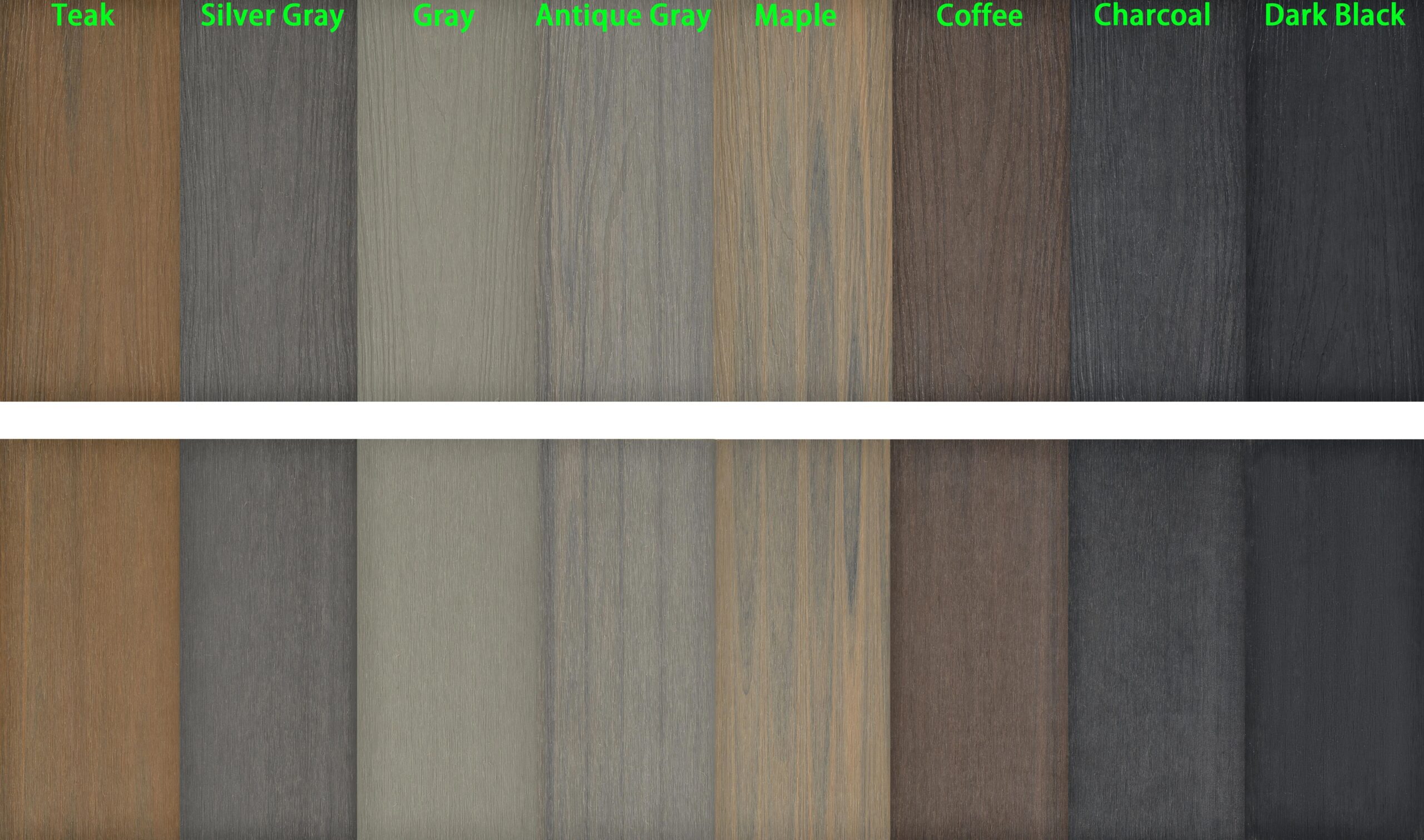
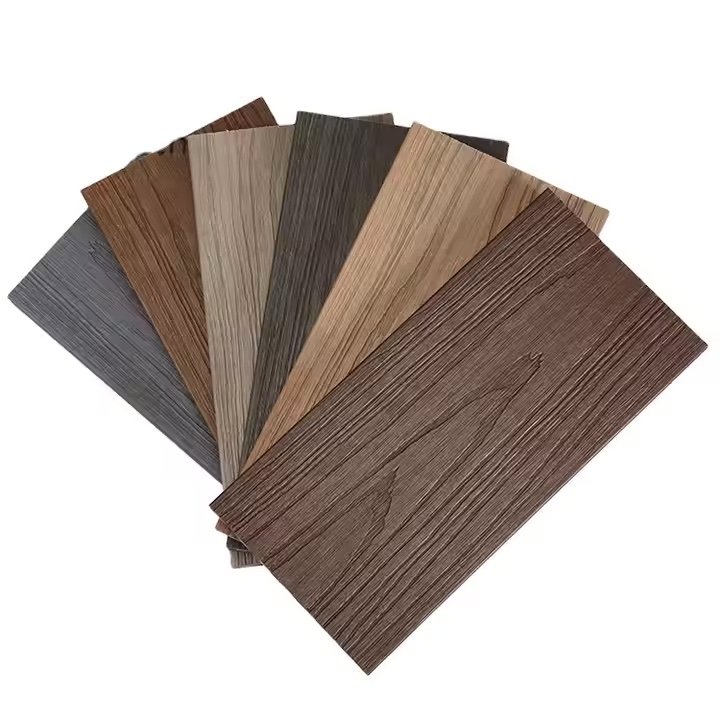
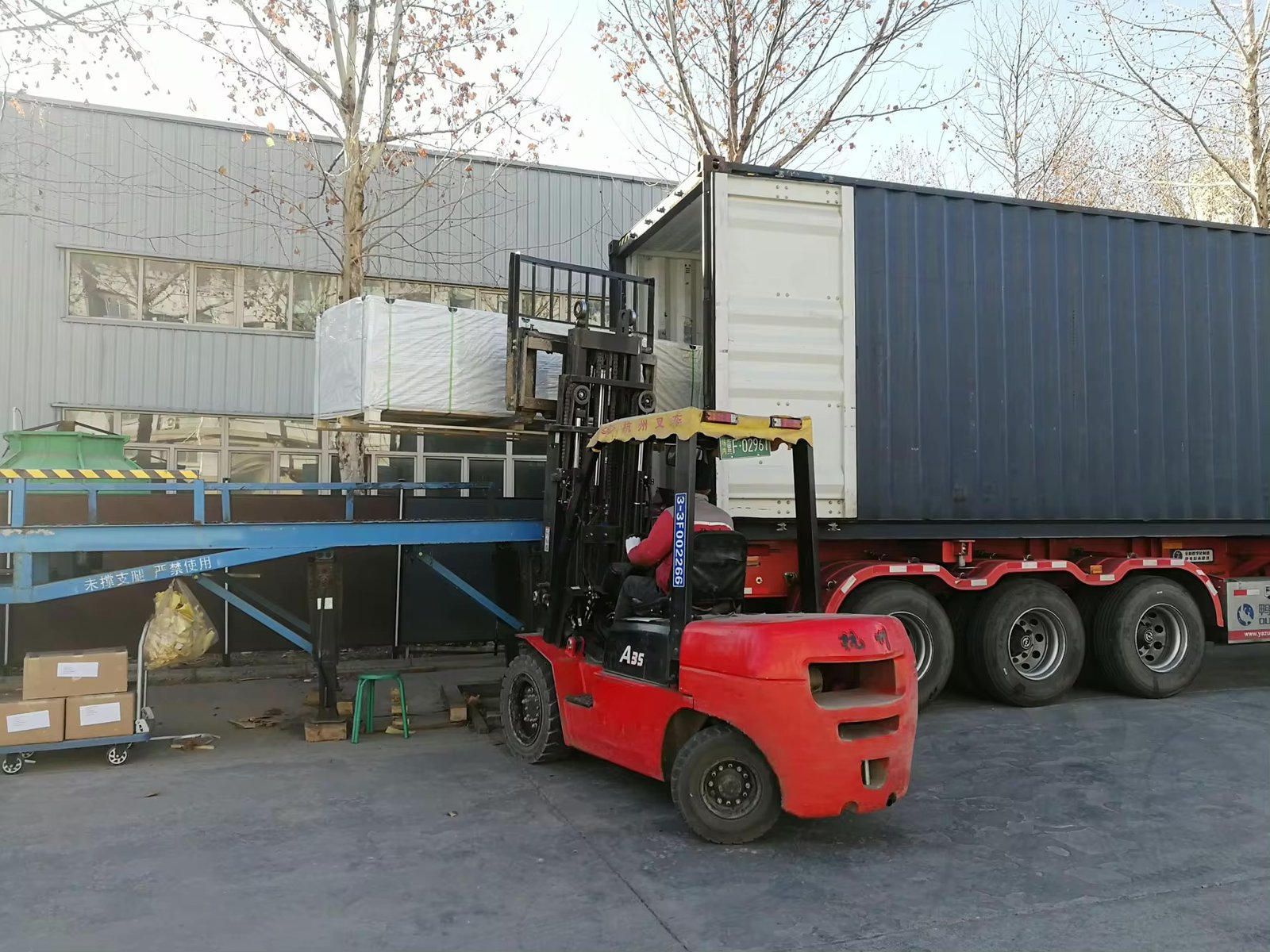
Why Choose Plastory?
Baoding Plastory New Materials Co., Ltd. is a manufacturer of decorative materials with over 9 years of experience and 56 separate production lines.
Currently, our annual production exceeds 30,000 tons, with products exported to more than 50 countries worldwide.
Plastory is the drafting unit of the WPC National Standards and has obtained certifications such as REACH, ASTM, CE, and FSC. Plastory is dedicated to maintaining consistent quality, focusing on details, and prioritizing customer satisfaction.
Our factory is located in Baoding, Hebei Province, China, with a prime location and convenient transportation access. Baoding is approximately a 1.5-hour drive from Beijing Capital International Airport and just 2 hours away from Tianjin Port, making it easy for global clients to visit and facilitating efficient shipping of goods. Our facility spans a large area, equipped with advanced production equipment and modern testing facilities to ensure that every batch of products meets the highest quality standards.
We warmly welcome clients from around the world to visit our factory, where you can see our production processes firsthand and experience our product quality. Please feel free to reach out to us—we are committed to providing you with the best products and services.
Kindly get in touch with us to request a product catalogue.


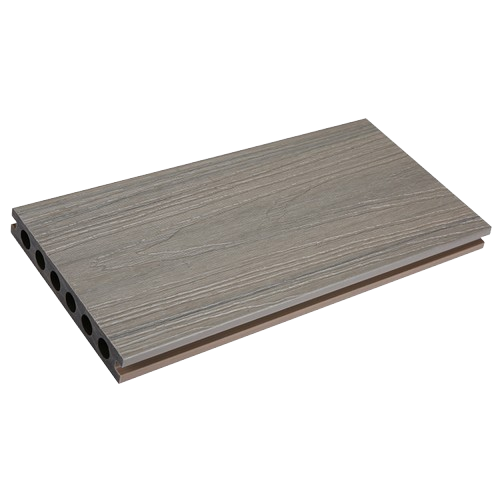
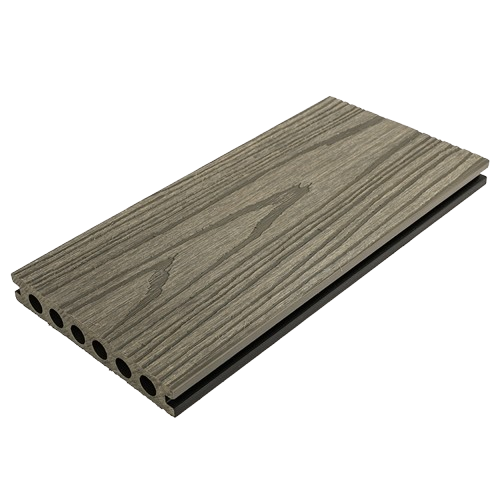
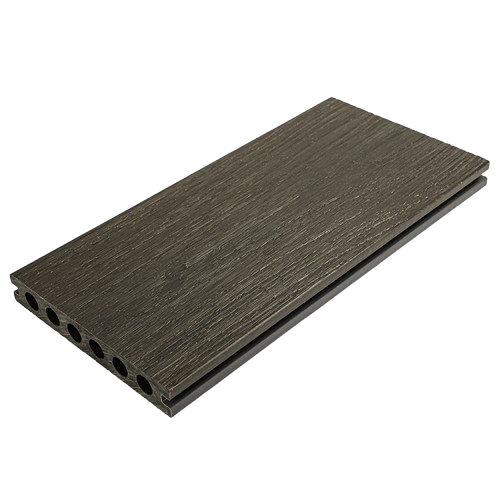
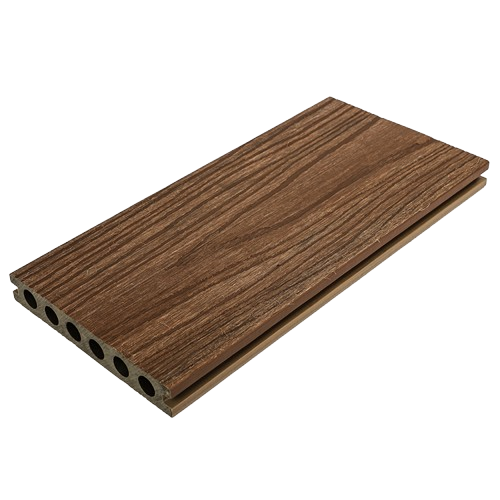
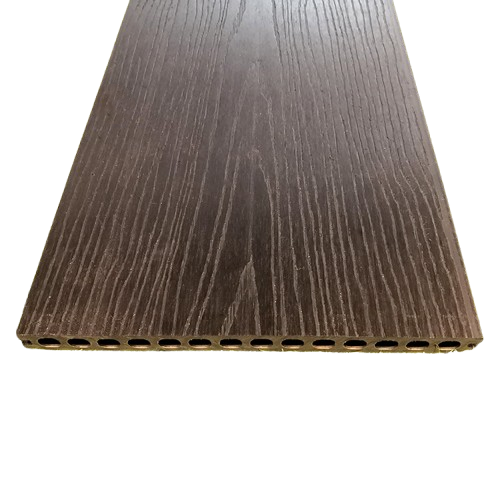

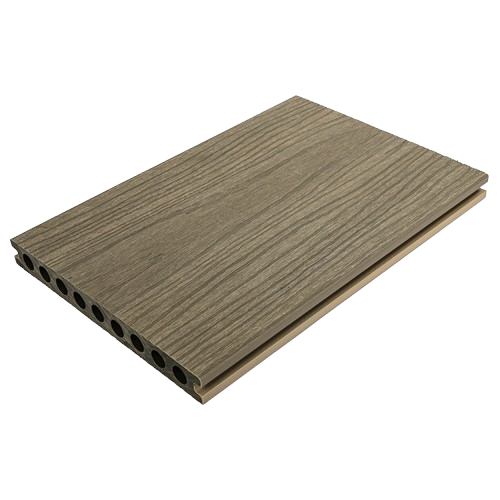

Reviews
There are no reviews yet.